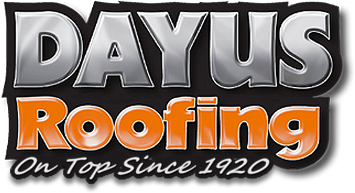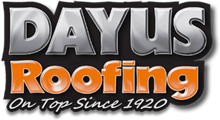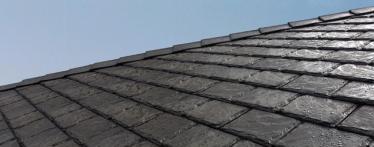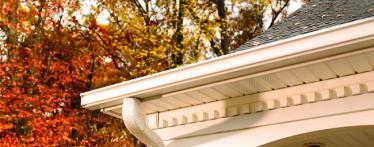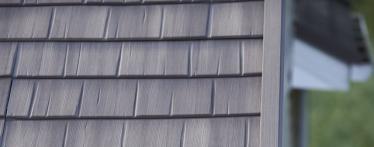Warning Signs
“Do I need a new roof?”
First off, let’s clear up a roofing myth. If your roof is missing a few shingles or is leaking, you do not automatically need a new roof. Knowing the age of your existing roof, which at times can be difficult, is a great indicator if you need a new roof. The majority of roofs have asphalt shingles, which typically have a life expectancy of about 20 years. However, if you notice any of the following warning signs, it’s recommended that you have a professional roof inspection in order to determine if you need a new roof.
Exterior Warning Signs
• Missing, cracked, broken, or curled shingles: This is a sign of wear and tear. It’s a natural progression as your roof approaches the end of its life expectancy. One tell-tale sign of an expired shingle is if they break when you handle them. Shingles in good condition are pliable and will bend some, particularly in warmer weather.
• Certain sections of your roof look darker or dirtier than others: As your shingles age, they lose granules. These mineral granules are used to attach the roof shingle surface, and protect the shingle from sunlight and harmful weather.
• Rust spots on flashing: Flashings exposed to the elements can rust over time, especially in severe weather. Roof flashing is simply a piece of sheet metal, usually aluminum or galvanized steel. It’s placed over joints in roof construction to prevent water from seeping into the house and causing damage. The flashing is installed anywhere there is a break in a shingled roofline.
• Exterior decay on your siding or sheathing: Poor attic ventilation is the leading cause of siding decay. This problem can eventually lead to structural damage and potentially harmful mold issues.
• Moss and lichen growth on your roof: This is much more serious than just an aesthetic issue. By holding moisture against the roof surface, moss and lichen speed the wear of the asphalt surface in freezing climates by increasing frost damage to the mineral granule coating on the shingles. This is also a problem in non-freezing climates, as the roots of moss and lichens will eventually penetrate and separate the roof shingle materials.
• Discoloration and peeling paint under eaves: This is most likely caused by ice dams. In this scenario, water has dripped from the top of the roof to the eave and frozen. The eave is the part of the roof that overhangs the ground and helps protect your walls from damage from heavy rain, hail, and other falling debris. The frozen water now forms a blockade that puts added weight on the eaves and allows water to leak into the house.
Interior Warning Signs
• Leakage in the attic: This can be caused by wind-driven rain and ice build-up. These warning signs indicate that inadequate shingle underlayment and deteriorated flashing may be present. In some cases, the condensation from the ice dams will leak into the attic.
• Blistering and/or peeling of interior paint: Often times this is a product of excessive temperature and high humidity. Poor attic ventilation is the leading cause of blistering and peeling paint. The most common problems caused by poor ventilation are due to two factors: heat and moisture.
• Stains on interior ceilings and walls, including mold or mildew growth: This is often times another result of poor shingle underlayment, which contributes to leaking and inadequate ventilation.

Only 3% of roofing contractors in North America are Master Elite Certified through GAF. Click Here to learn more about the Dayus Advantage.
Roofing 101 Topics
- Roof Design Types
- Early Deterioration
- Warning Signs
- Problem Areas
- Building Code
- Deck Preparation
- Underlayments
- Material Options
- Metal Flashings
- Valleys & Ridges
- Ventilaiton
- Warranties
- Common Mistakes
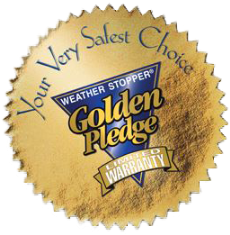
50 years materials defects coverage and a 25 year workmanship guarantee makes the GAF Golden Pledge one of the best warranties in the industry today! Click here to learn more.
